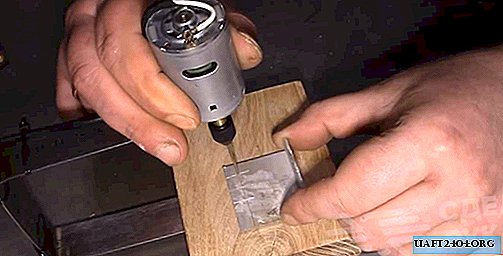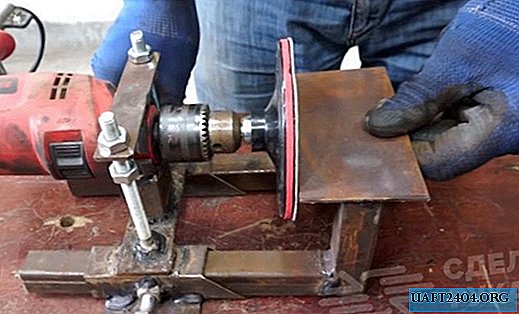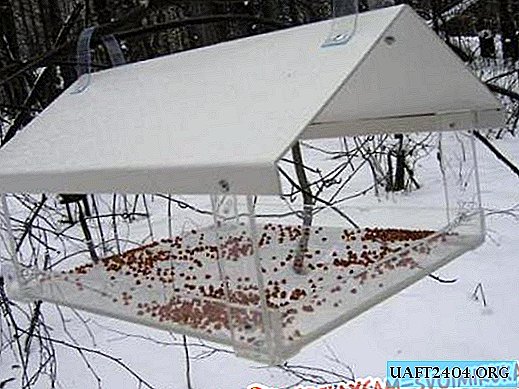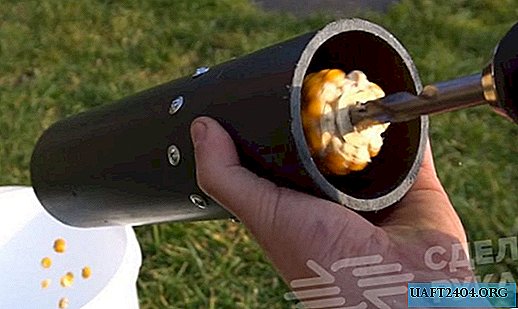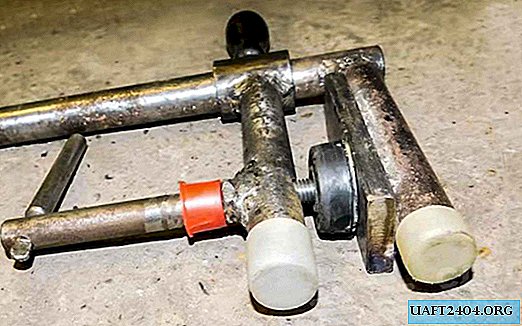Share
Pin
Tweet
Send
Share
Send
The alarm system does not contain scarce parts, practically does not consume energy in standby mode, and one battery will last for more than 3 years. The minimum dimensions allow you to install the device in any place where control is necessary.
This simple and not tricky device will help you and in case of leakage will give a signal. And your timely awareness will allow you to quickly take the necessary measures (turn off the tap, call the plumbing, etc.). This will save your property and possibly the property of your neighbors.
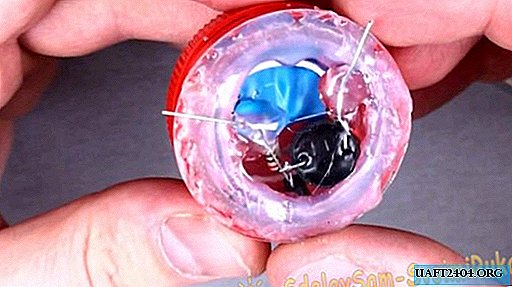
Since we are talking about neighbors, from my experience I can say that there are small leaks that do not manifest themselves in any way (as they are in protective boxes that hide the pipes) and at one fine moment a neighbor appears on the threshold with complaints ...
This alarm will save you from this and give you a signal about a drip leak instantly.
And so, we need:
- Battery 3V CR1632 ("tablet").
One transistor BC517, BC816 or any other NPN structure. Domestic analogue - kt315, kt3102. - Resistor 1-2 mega ohm.
- Buzzer, you can buy here - aliexpress.
The transistor acts as a sensitive key. And the resistor does not allow the transistor to open from various false interference and high humidity. The alarm sensor is two outputs, when water enters, to which the circuit closes and an alarm is triggered, indicating a water leak.
The scheme is simple. We solder according to the scheme.

I decided to collect everything in the lid from a plastic roll. I sawed off the neck, put everything on hot melt adhesive. Preliminary made a check of the signaling device.


The device does not need to be adjusted and adjusted and starts working immediately after power is supplied.

For longer work, you can use the elements "AA" or "AAA" ("finger" and "little" batteries). Then the signaling device is enough for 5 years.
If the buzzer volume is not too loud for you, replace the battery with a 9-volt Krone battery.
It is better to make several such small alarms and place them in possible leakage methods: under the washing machine, in the bathroom, behind the bars under the heating radiator, etc.
I wish you never to have this:

Device assembly video:
Thanks to all!
Share
Pin
Tweet
Send
Share
Send

